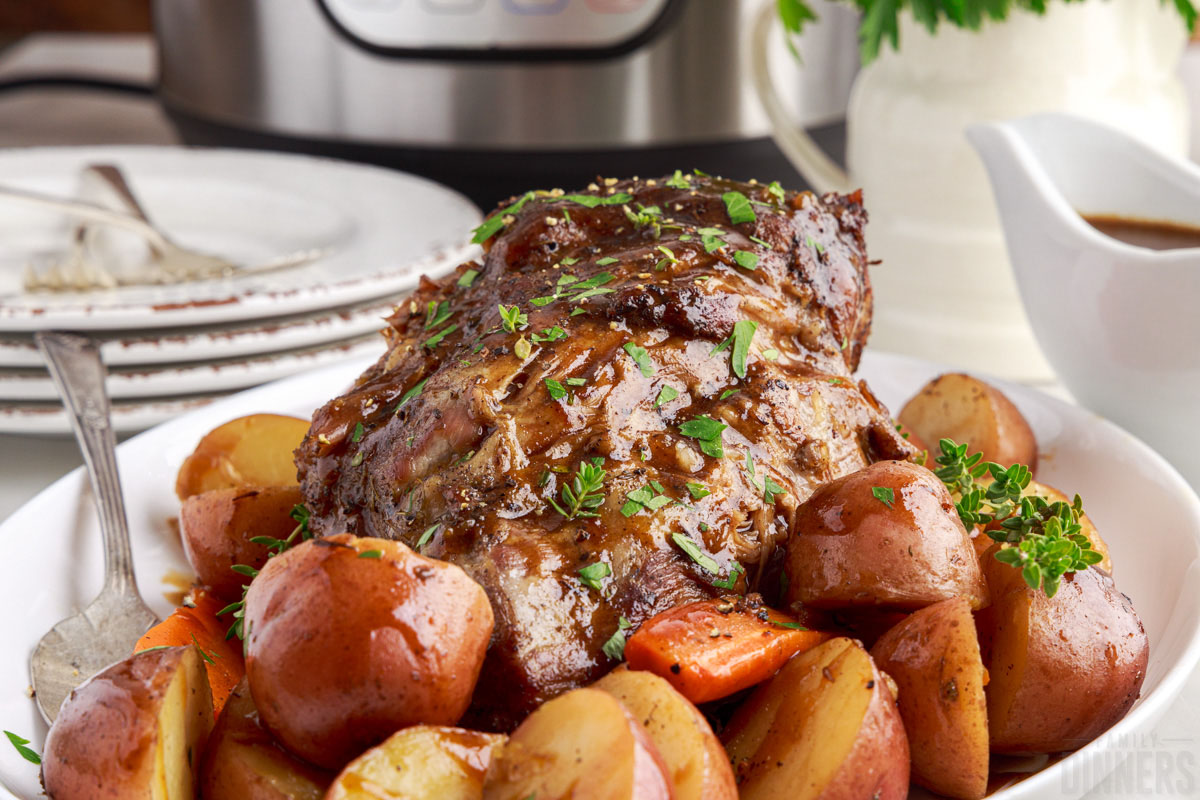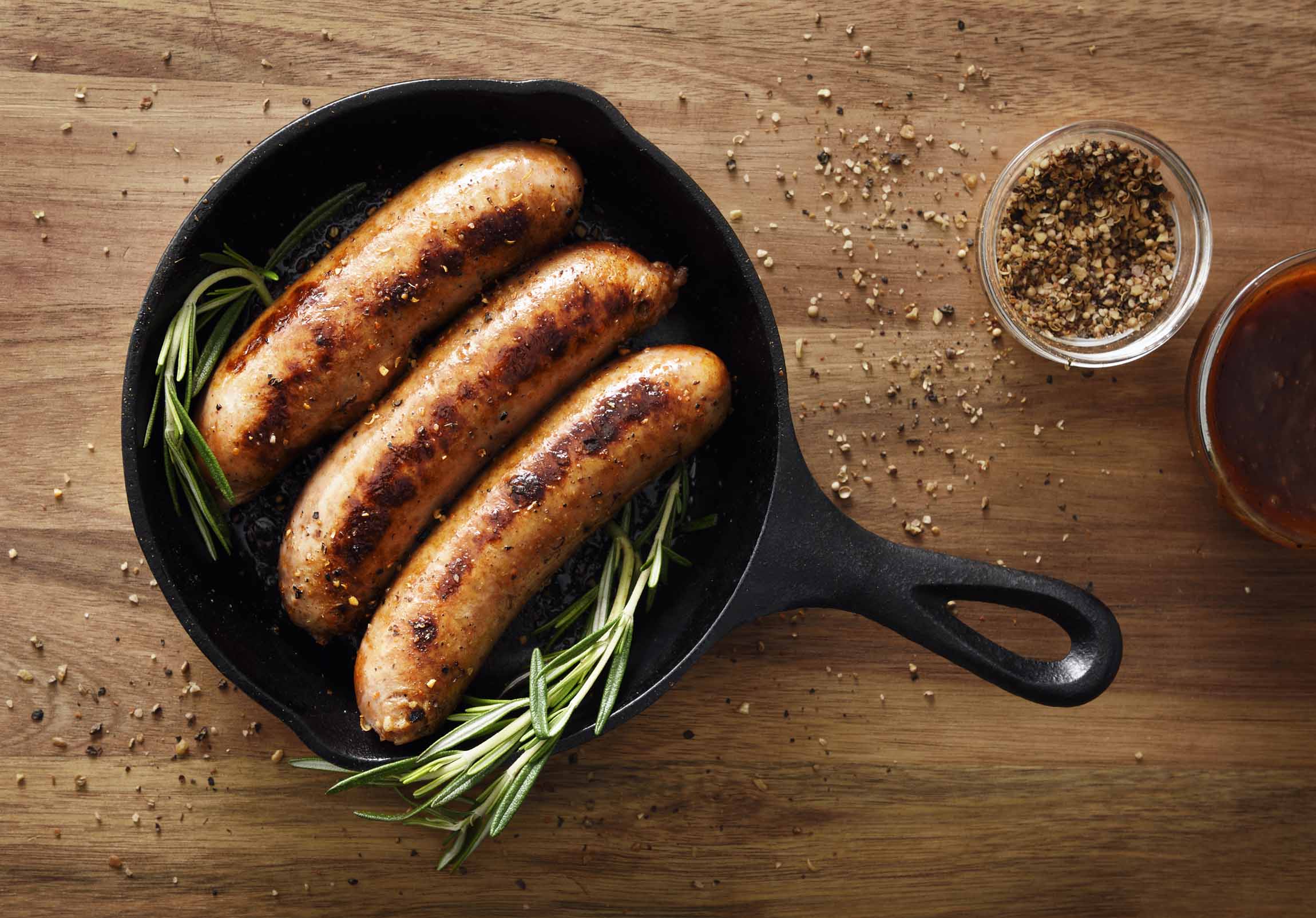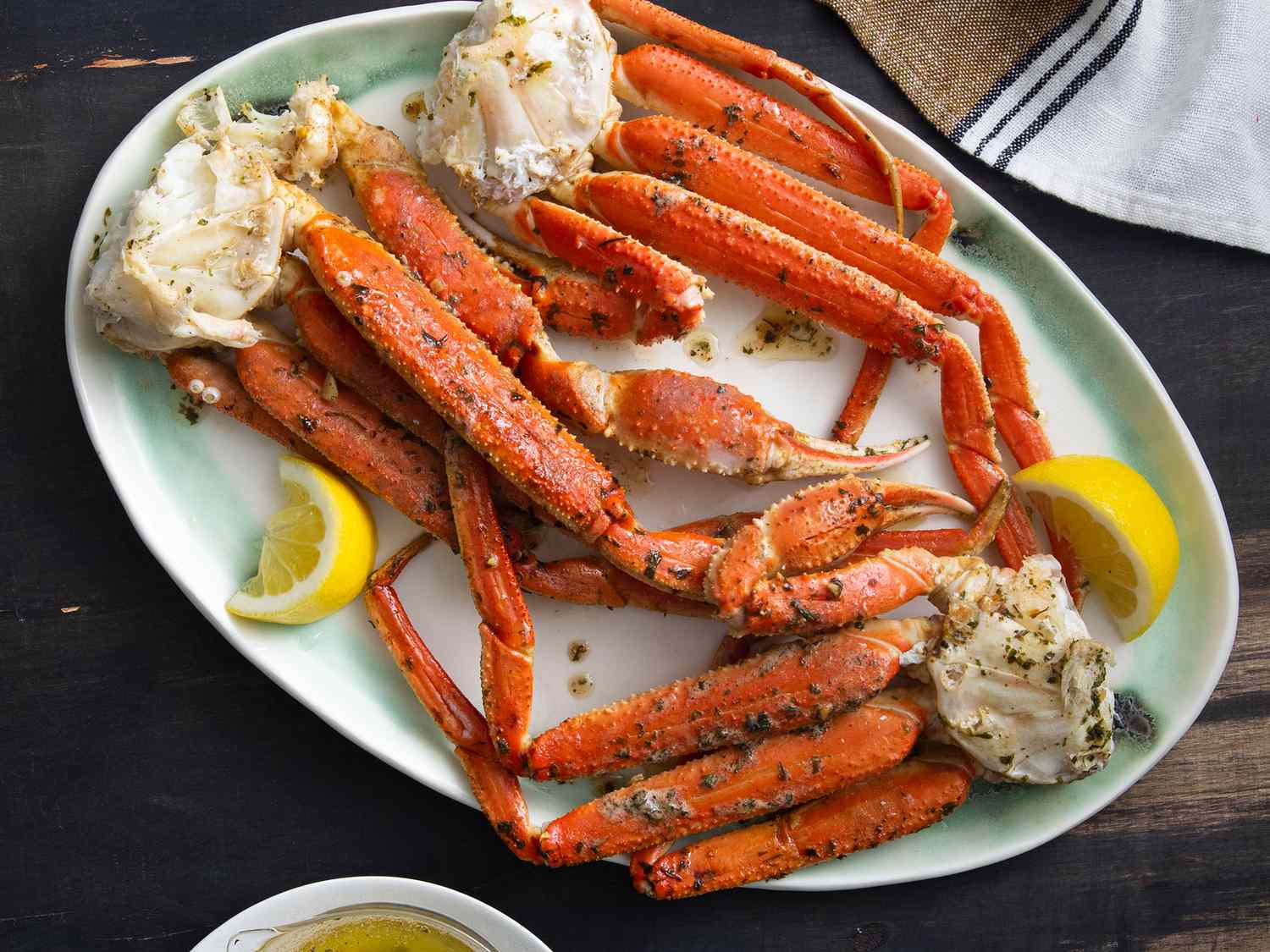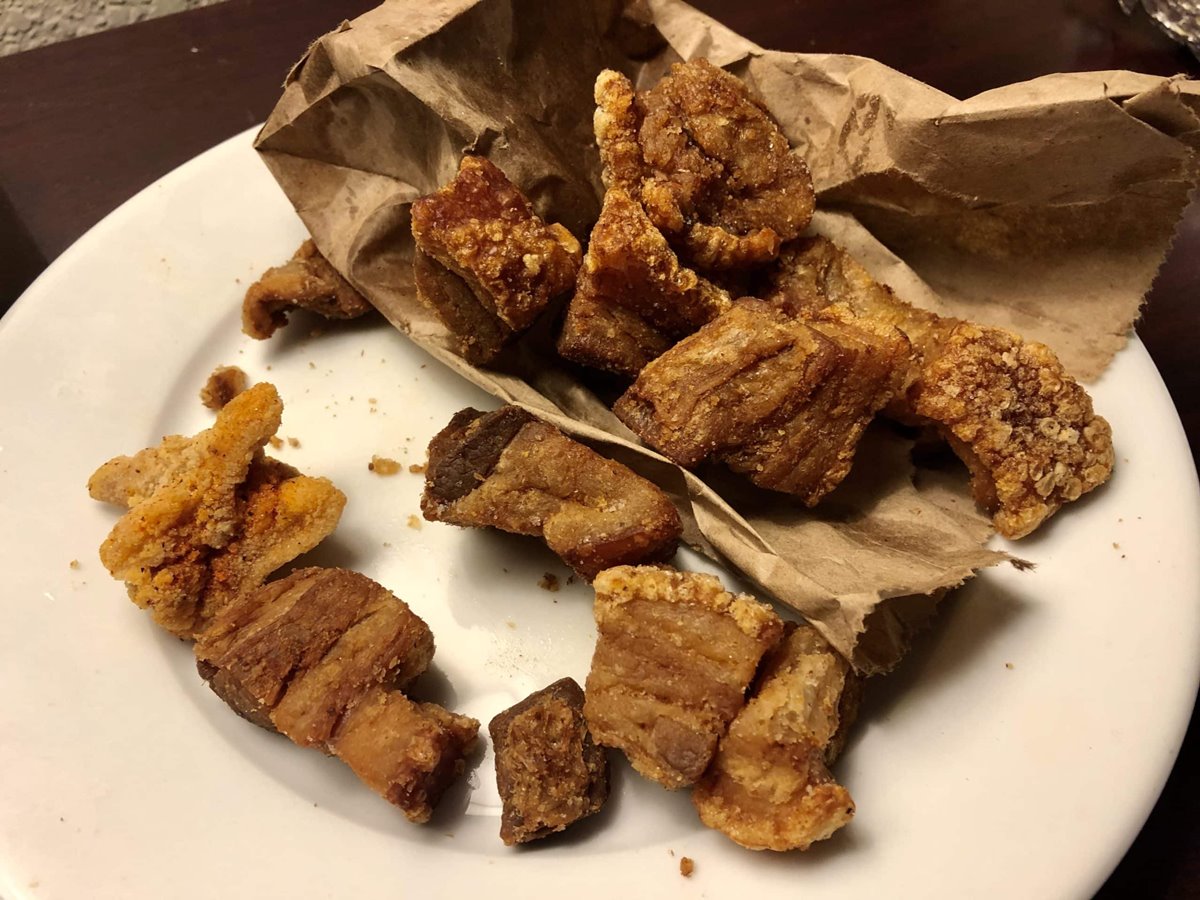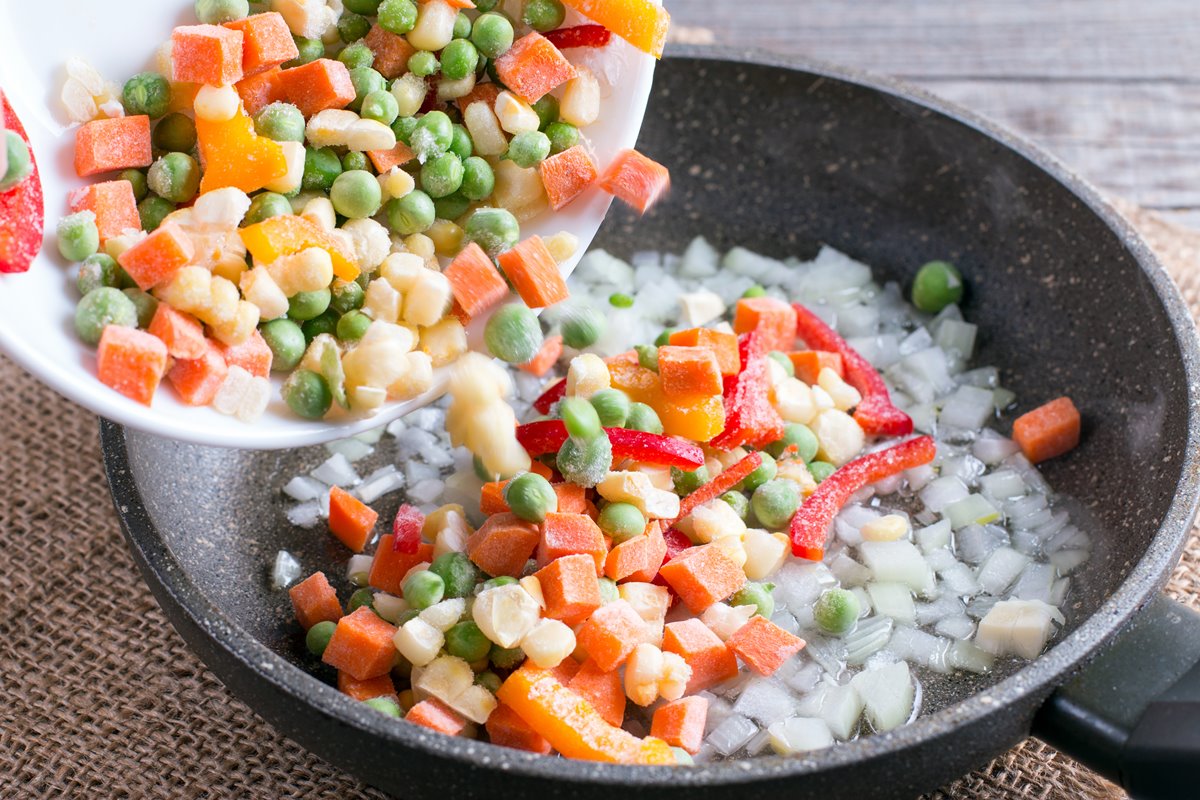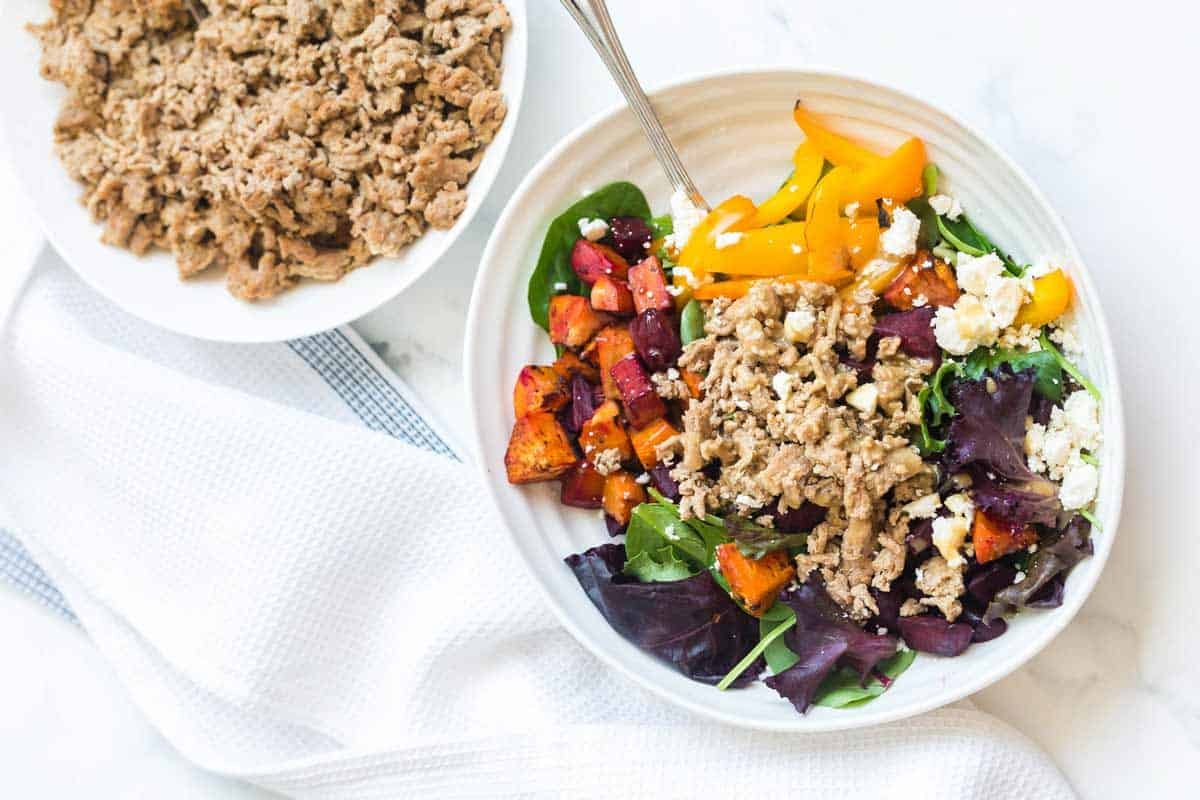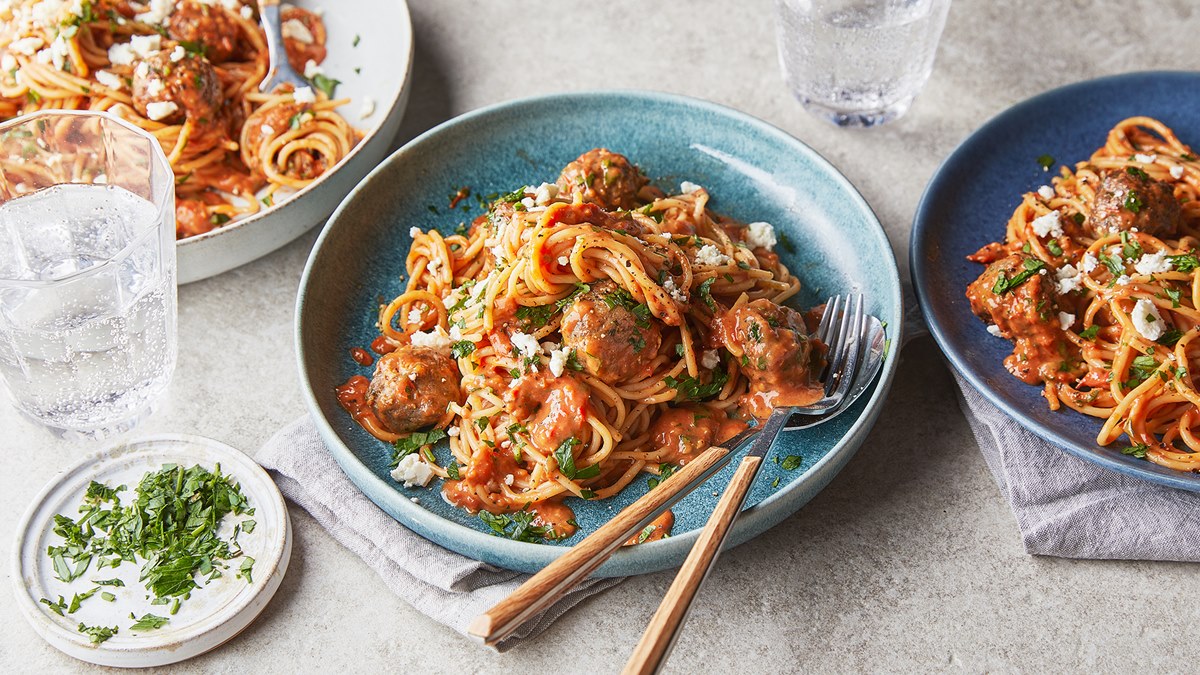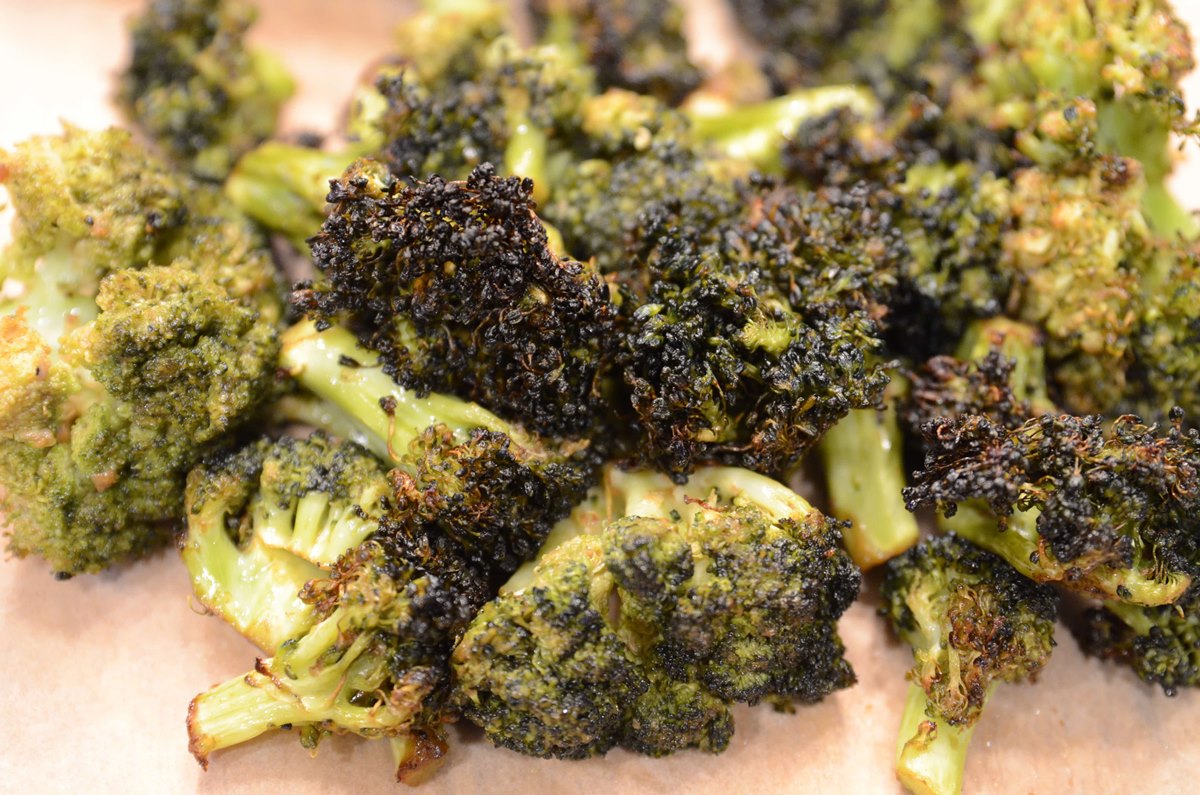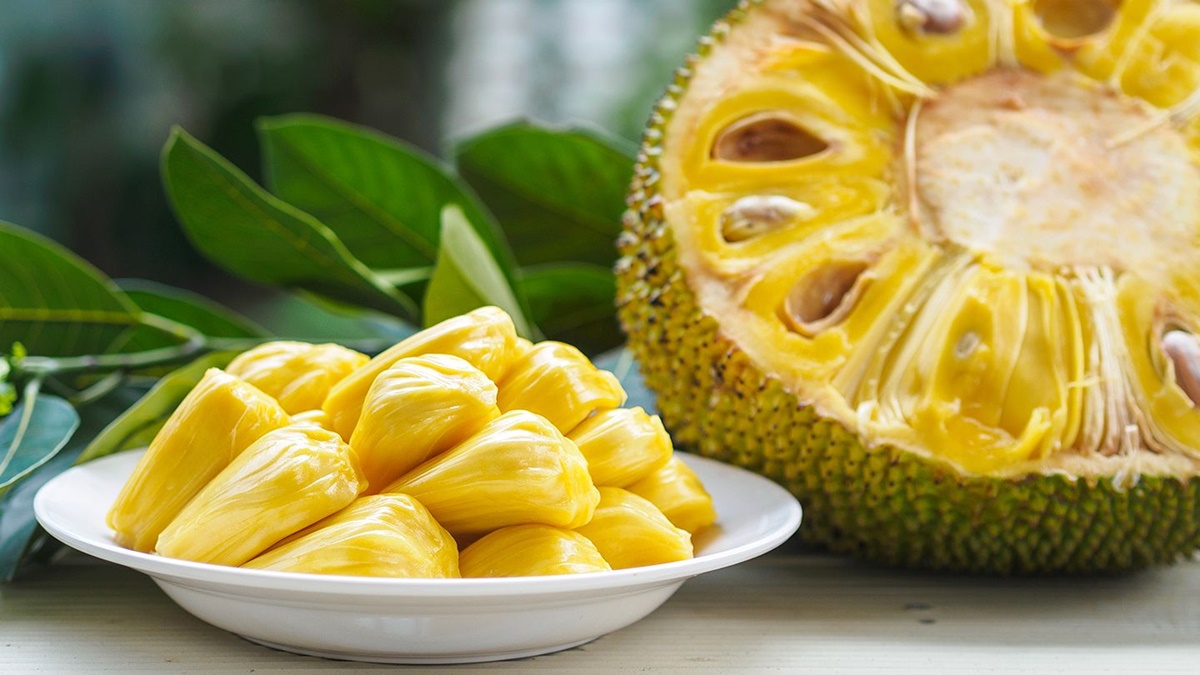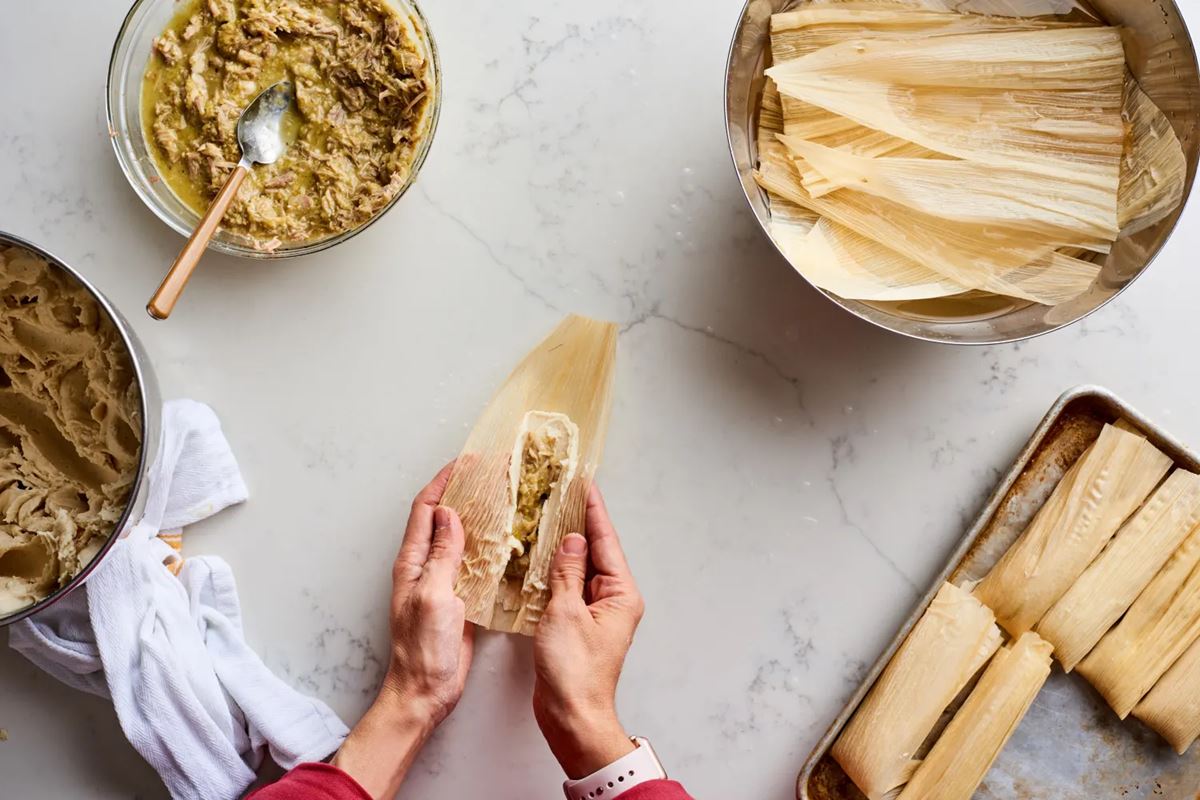Mastering the Art of Cooking Barilla Pasta
Barilla pasta is not only a staple in many households but also a versatile ingredient that can be transformed into a wide variety of delicious dishes. Whether you are a seasoned chef or a novice in the kitchen, perfecting the art of cooking Barilla pasta is a skill that will elevate your culinary prowess. In this article, we will share some tips and tricks to help you achieve pasta perfection every time.
1. Start with Quality Ingredients
The foundation of any great dish is high-quality ingredients, and Barilla pasta is no exception. When shopping for Barilla pasta, look for packages that are sealed and have not been tampered with. Opt for pasta made from durum wheat semolina, as it provides a firm and chewy texture that holds up well during cooking.
2. Measure & Boil Water Properly
For every 100 grams of Barilla pasta, you’ll need approximately 1 liter of water. This ensures that the pasta has enough space to cook evenly. As for the water, remember to season it generously with salt. A good rule of thumb is to use 10 grams of salt per liter of water. The salt not only enhances the flavor but also helps to season the pasta as it cooks.
Bring the water to a rolling boil before adding the pasta. Stir the pasta gently to prevent it from sticking together and to the bottom of the pot. Let it cook for the recommended time on the package, testing for doneness towards the end of the cooking time.
3. Achieving the Perfect Al Dente
One of the keys to cooking Barilla pasta to perfection is achieving the ideal texture, commonly known as “al dente.” Al dente pasta is firm to the bite, offering a satisfying and enjoyable eating experience. To determine if the pasta is al dente, take a small bite and check if it still has a slight firmness in the center.
4. Properly Drain & Preserve Pasta Water
Once the pasta is cooked to perfection, it’s crucial to drain it properly. Use a colander or a pasta scoop to drain the pasta, ensuring that you remove all excess water. However, it’s a good practice to reserve a small amount of pasta water before draining. This starchy liquid can be added back to the pasta when tossing it with sauces, helping to create a smooth and cohesive dish.
5. Pairing with the Right Sauce
Barilla pasta is like a blank canvas waiting to be paired with the perfect sauce. While personal taste preferences play a role, there are some classic combinations that never disappoint. Here are a few suggestions:
- Spaghetti pairs well with classic tomato-based sauces, such as marinara or Bolognese.
- Penne works beautifully with creamy sauces, like Alfredo or carbonara.
- Farfalle is great with light pesto sauces or tossed with fresh vegetables.
- Rotini is perfect for heartier dishes, such as mac and cheese or pasta salads.
Remember to toss the cooked pasta with the sauce gently, ensuring that each piece is evenly coated.
Conclusion
Cooking Barilla pasta to perfection doesn’t require any secret ingredients or complex techniques. By following these simple tips, you can master the art of cooking pasta and create mouthwatering dishes that will impress your family and friends. So go ahead, grab a box of Barilla pasta, and let your culinary creativity soar!
More Delicious Pasta Recipes to Try
After mastering the basics of cooking Barilla pasta, it's time to put those skills to use with a variety of enticing recipes. For a hearty meal, try the Hearty Spaghetti Bolognese—its rich meat sauce pairs perfectly with the al dente texture of spaghetti. Seafood lovers will appreciate the Delicate Linguine with Clams, offering a delicate balance of briny clams and fresh pasta. For a comforting dish, consider the Comforting Baked Ziti, which combines creamy ricotta and vibrant marinara for a satisfying bake. Each recipe provides an opportunity to refine your pasta-cooking techniques while delivering delicious, crowd-pleasing meals.
Was this page helpful?
Read Next: How To Cook Smelts Italian Style
